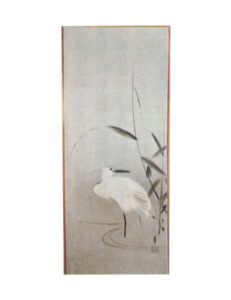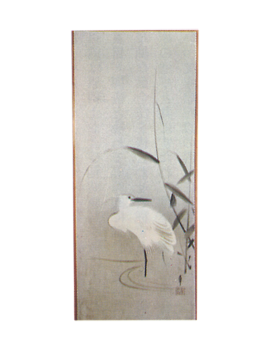
When the Austrian World’s Fair Office’s ceramics factory was closed in 1873, Kawahara Tokutate, who was in charge of the office, established the Hyochien Pottery Factory in August of the same year in Higashimorishita-cho, Fukagawa-ku (Koto-ku), because he hated that the factory’s various workers were dissolved. The works of Shimauchi Shinzan, Kobana Waichiraku Soga Tokumaru, and others were exported mainly as decorative art objects, but they became very famous for their fresh and elegant designs, and became the origin of the style known as Hyouikeien style (Tokyo-style painting). Since then, five pieces were exported to the Philadelphia Exhibition (U.S.A.) in 1876, the National Industrial Exhibition in 1877, the Paris Exhibition (France) in 1878, the Sydney Exhibition (Australia) in 1879, the 2nd National Industrial Exhibition in 1881, the Melbourne Exhibition (Australia) in 1885, and the Tokyo Expo in 1886 (same year as above). (The company often received awards at domestic and international exhibitions and trade fairs, such as the Five Products Exhibition (1879), the Third National Industrial Exhibition (1890), and the Fourth National Industrial Exhibition (1895). During this period, the company relocated its factories to three locations in the city, and later gradually expanded into the manufacture of practical trade goods, and was always regarded as a model factory in this area as well.
In May 1899, the export department was moved to the premises of the Nagoya Morimura Gumi, and in 1909, it was transferred to the Nippon Toki Company, marking the end of Hyouikeien. The Art Department was located in Tokyo until January 1902 (35), but moved to Nagoya the following year, where it established a separate factory and built its first coal kiln, producing what is now known as “Fukubeyaki” pottery. (Journal of the Ceramic Society of Japan, 267)



